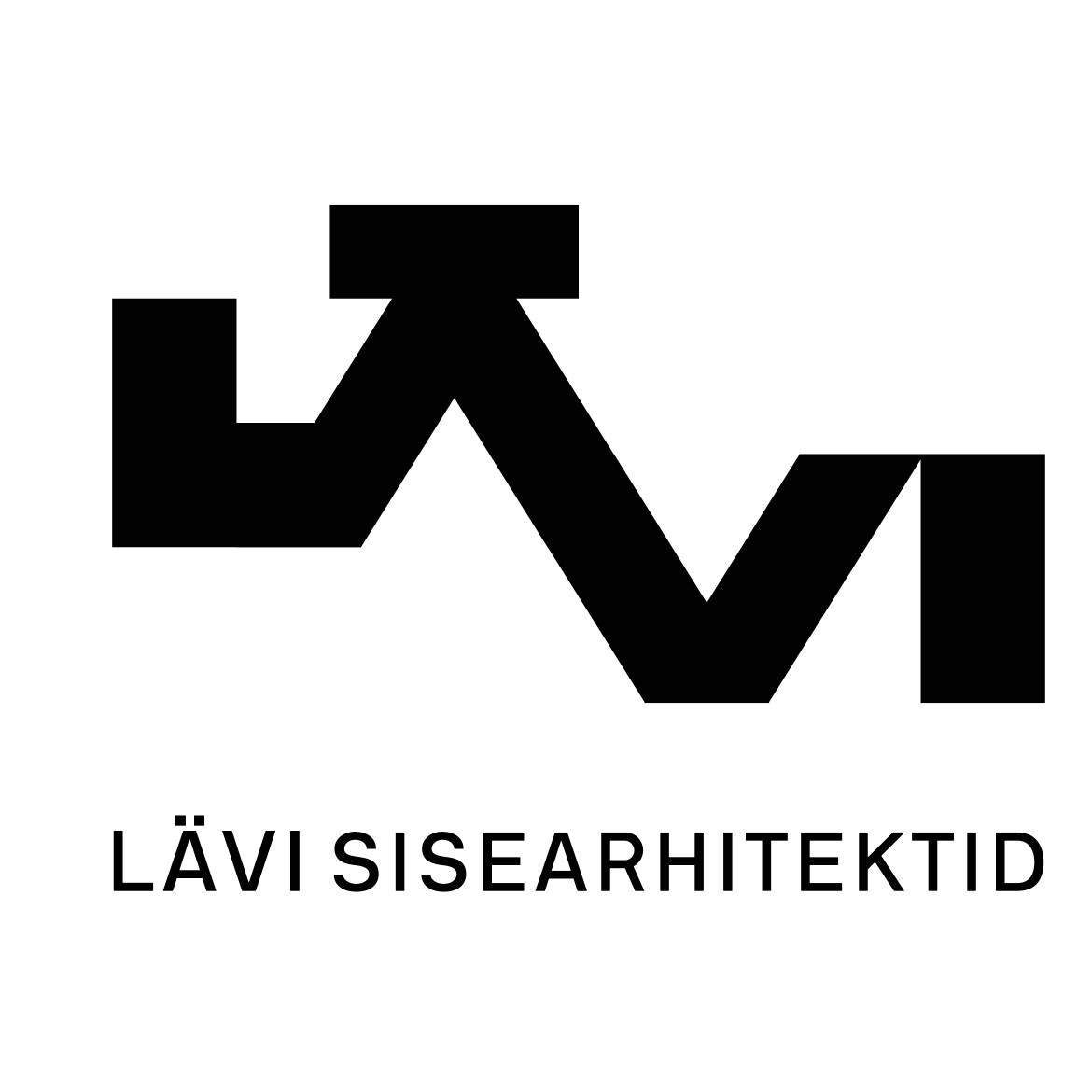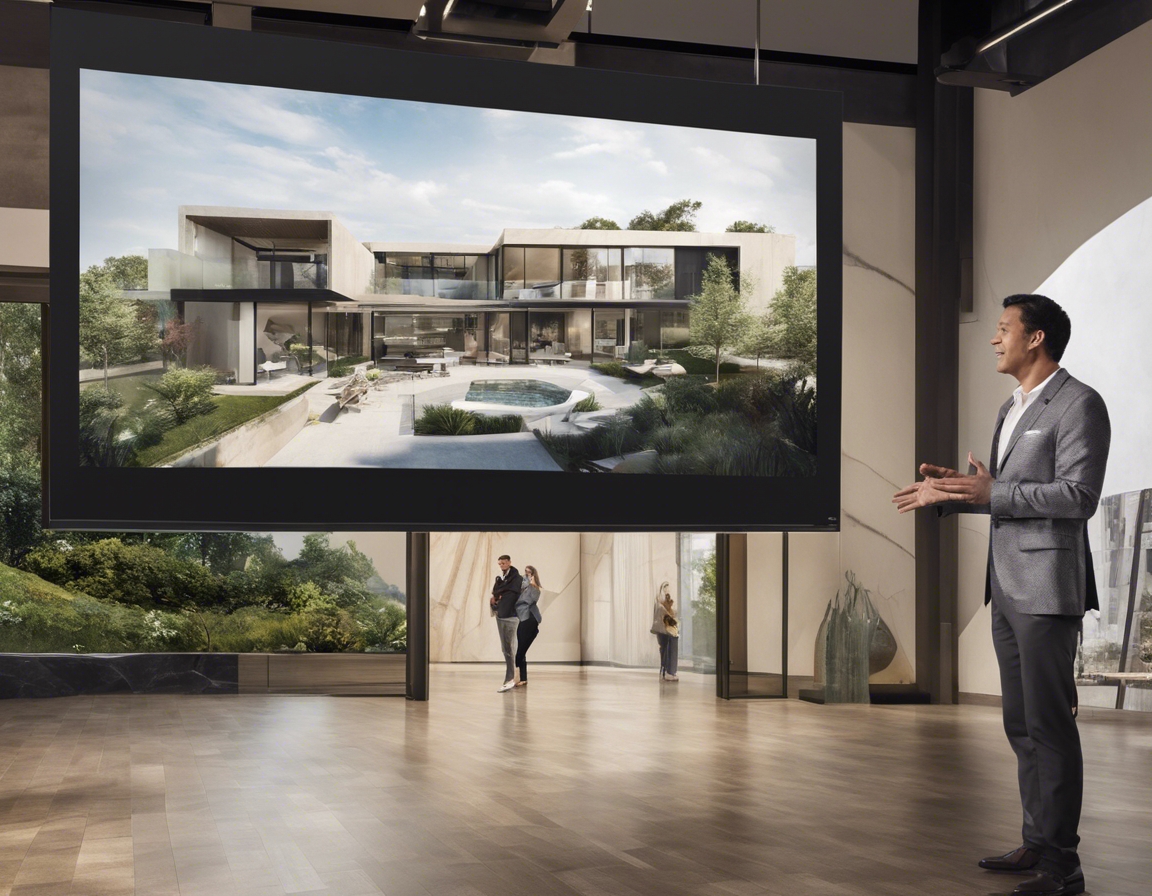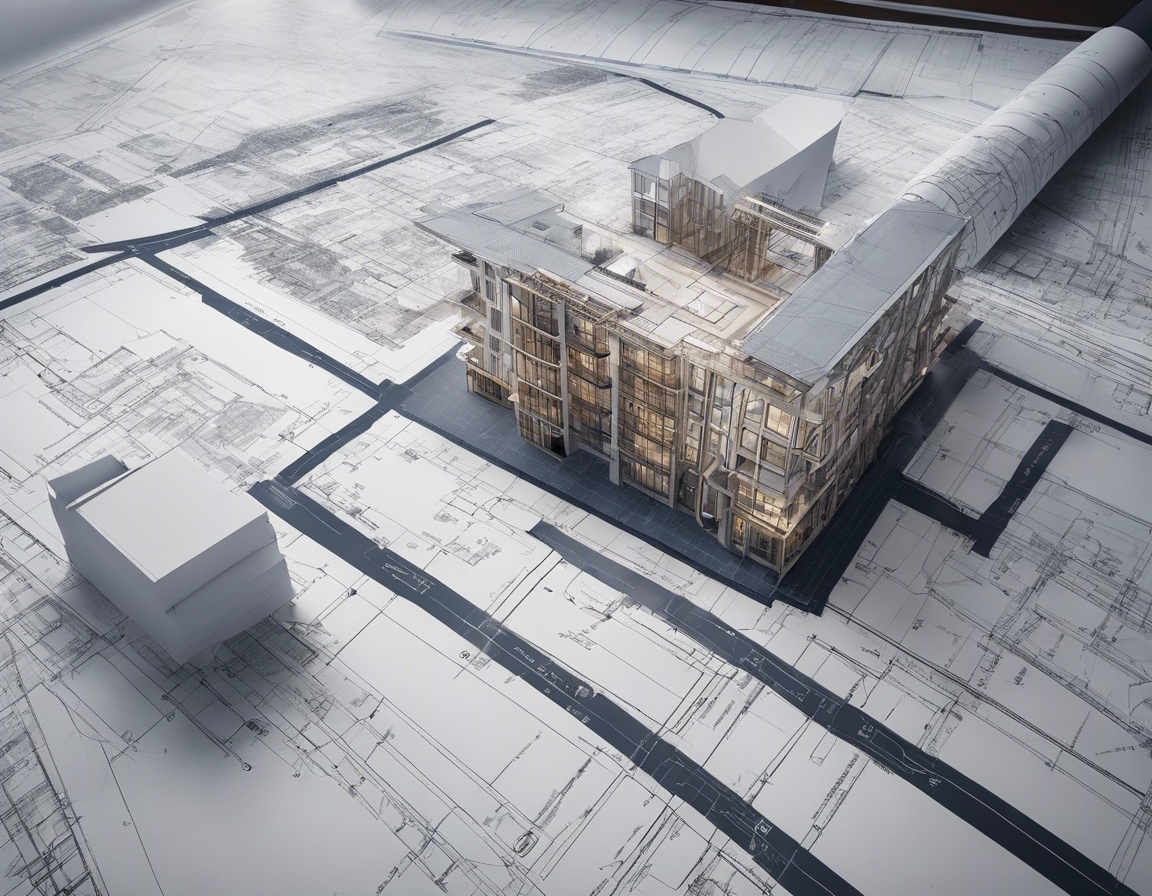Sustainable materials: the future of interior design
Sustainability in interior design goes beyond the mere selection of eco-friendly materials. It encompasses a holistic approach that considers the environmental impact of materials throughout their lifecycle, from extraction and processing to disposal or recycling. Sustainable interior design aims to minimize negative environmental effects while creating healthy and aesthetically pleasing spaces.
The choice of materials plays a pivotal role in the sustainability of an interior space. Materials not only define the look and feel of a space but also its environmental footprint. Sustainable materials are those that are sourced, processed, and disposed of in a way that is least harmful to the environment and beneficial to human health.
The Rise of Eco-Friendly Materials in Interior Design
Natural materials such as wood, stone, and cork are inherently sustainable, provided they are harvested responsibly. These materials bring warmth and texture to interiors and are often renewable and biodegradable.
Recycled materials, from glass to plastics, are being repurposed into stunning interior finishes. Upcycling, the process of transforming waste materials into new products of higher quality, is also gaining traction in the design world.
Materials that require less energy and water to produce, and generate fewer emissions during manufacturing, are key to sustainable interior design. These processes help reduce the overall carbon footprint of a project.
Innovative Sustainable Materials Shaping the Future
Bio-based materials, derived from plants and other renewable agricultural, marine, and forestry materials, offer a cutting-edge alternative to traditional finishes. They are often compostable and reduce reliance on fossil fuels.
Engineered materials such as bamboo composites and recycled content terrazzo are designed for high performance and durability while being environmentally friendly.
Materials that adapt to environmental conditions to save energy, such as phase-changing materials, are at the forefront of sustainable design innovation.
Benefits of Using Sustainable Materials in Interiors
Using sustainable materials can significantly reduce the depletion of resources, habitat destruction, and pollution, contributing to the conservation of the planet.
Materials that are free from toxic chemicals and pollutants contribute to healthier indoor air quality and can enhance the well-being of occupants.
Although the initial investment in sustainable materials may be higher, the long-term savings in energy costs, maintenance, and durability can lead to economic benefits over time.
Implementing Sustainable Materials in Interior Design
Designers must consider various factors when selecting sustainable materials, including source, lifecycle, embodied energy, and end-of-life options.
Strategies such as material efficiency, waste reduction, and flexible design can optimize the use of sustainable materials in interior projects.
While the benefits are clear, designers face challenges such as cost, availability, and client perception when implementing sustainable materials. Education and advocacy are key to overcoming these obstacles.






Comments (0)